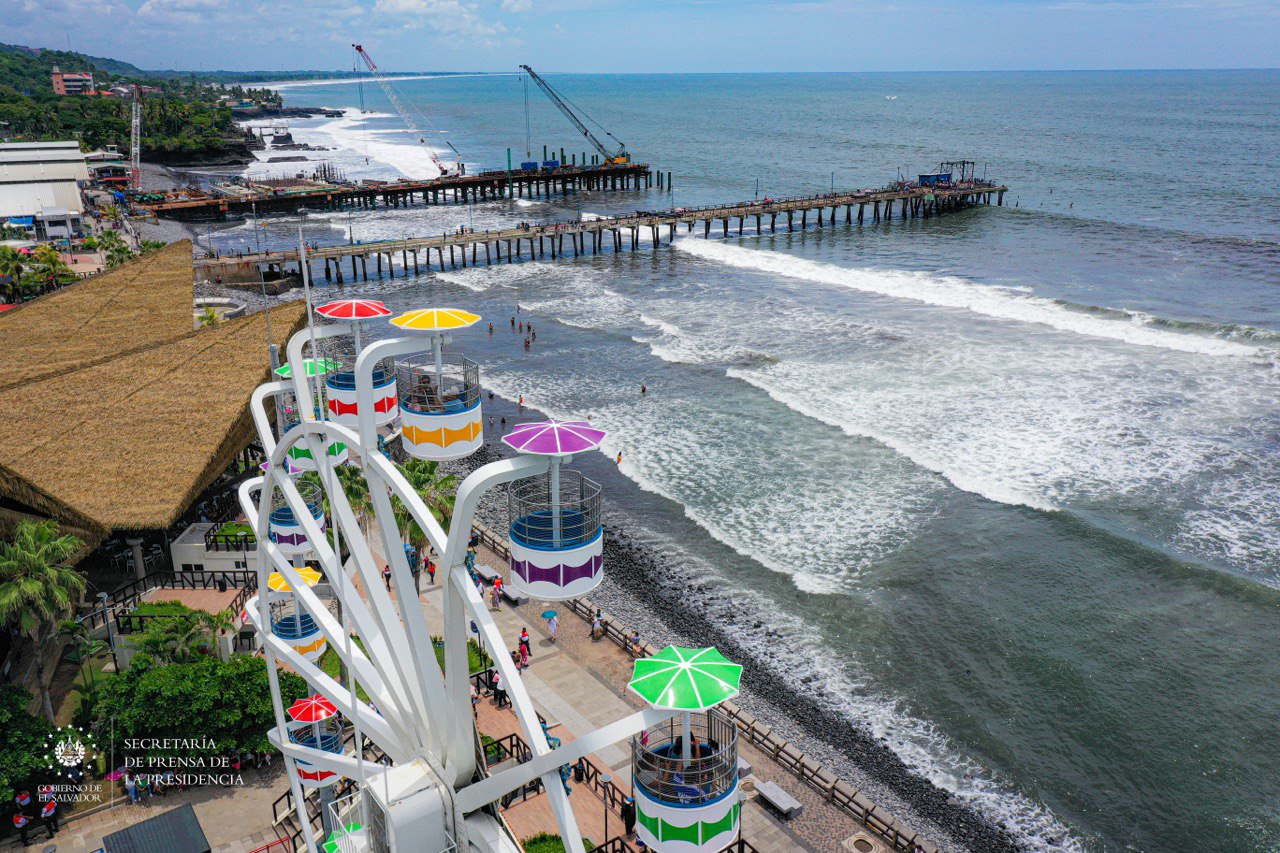The research is taking place in the midst of the remarkable growth of tourism in El Salvador, where micro and small enterprises (MSEs) play an important role.

The research surveyed 200 entrepreneurs of micro and small enterprises (MYPES) of all sizes, located in the main tourist destinations of the country, with a sample confidence level of over 95%.
Among the findings, one of the most significant reveals that 58.7% of the entrepreneurs reported that, out of every 10 clients served, at least 3 are foreigners.

Within this percentage, the MSEs with the highest monthly income are the ones that attract the most foreign tourists, with those of extended accumulation (sales between US$4,201 and US$8,300) generating 68.2% of their transactions with this public. Surprisingly, subsistence microenterprises also register a considerable number of foreign clients, regularly serving more than 3 foreign clients in 54.5% of cases.

Accommodation services with high demand: Accommodation service providers lead with 66.7%, serving three or more foreigners for every 10 clients.
The most demanded routes, Ruta de las Flores and Suchitoto: Among the main tourist areas of the country, in the Ruta de las Flores, one out of every 3 clients is a foreigner in 65% of the cases; while this same indicator is 64% in the case of Suchitoto.
Entrepreneurs indicated that the three main constraints are declining demand (41.3%), the increase in competitors of similar or smaller size (39.6%) and increasing competition from larger companies (35.2%).
Translated by: A.M
 English
English  Español
Español 
